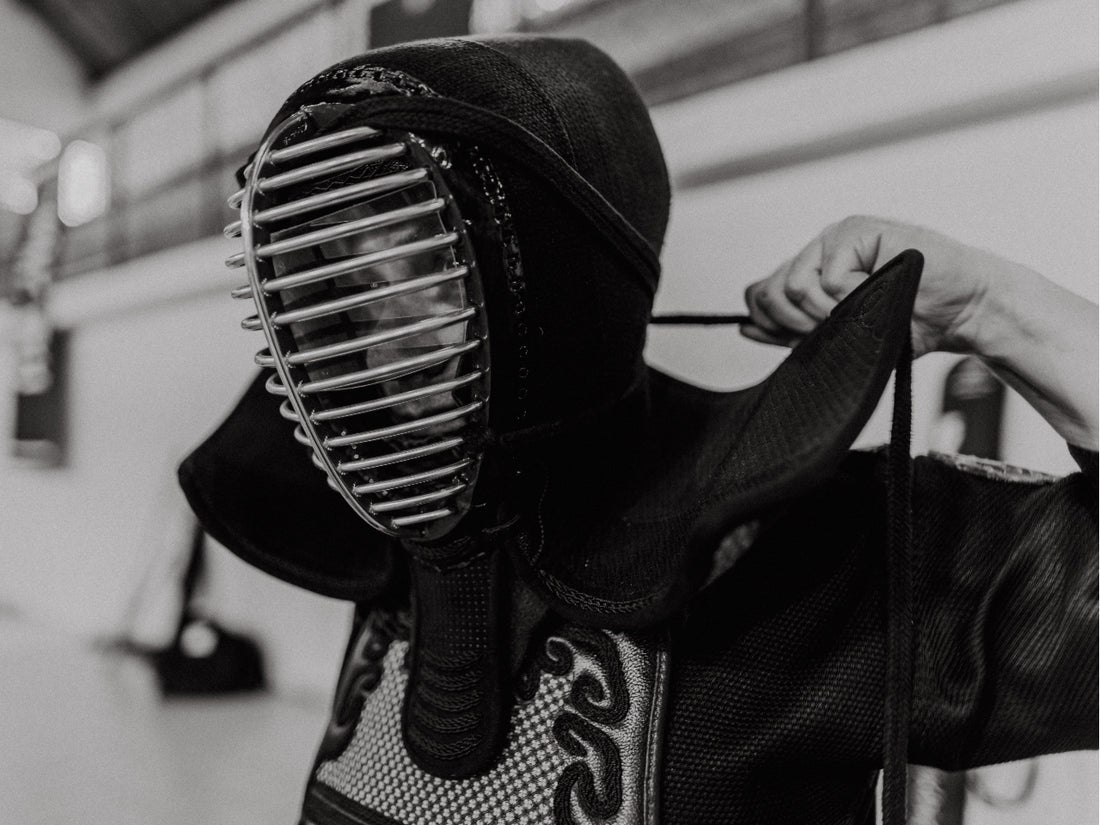Kendo is a relatively modern Japanese martial art that was modeled after the Japanese traditional martial art of sword - kenjutsu. In Japanese, "ken" means “sword” and “do” (pronounced similar to dough) means “way” or path. It’s a combat sport similar to fencing in some ways. As for the rules, winning points in both kendo and fencing are gained through the weapon making contact with the opponent. Furthermore, they have both been both transformed from the swordsmanship of knights/warriors that emphasize honor, dignity, and courtesy. Therefore, kendo is also a practice to mold not only one's body but also one's mind.
History of Kendo

The Japanese legend of the sword can be traced back to the early Japan period when Yamato Takeru (living in the years of 72-113), the Japanese King Arthur, was saved by his god-given sword - Kusanagi-no-Tsurugi (Grass Cutting Sword). This legendary sword is now still used at enthronement ceremonies of the Japanese Emperor. In the middle of the Heian period, due to the battlefield experience, the Japanese invented the single-edged curved sword, which was the prototype of the modern “Japanese sword”.
The Kamakura period (1192-1333) saw many wars in Japan, which catalyzed the emergence of military clans that stressed various martial arts. During this period, Japanese warriors honed their sword skills and established schools of kenjutsu. Kata, the formal pattern of the kenjutsu movement, was formed in this period.
During the Edo period (1603-1868), Naganuma Shirōzaemon Kunisato introduced the shinai (bamboo sword used for practice) and bogu (armor) into sword training. At that time, the practice and competition of swordsmanship was the prototype of modern kendo. After the Meiji Restoration, the Japanese police forces recruited swordsmen from all over the country and developed the modern kendo kata according to the ancient kenjutsu kata. They adopted ten techniques, which were selected from 10 of the most prominent ryu (genre). This was adopted by police academies throughout the country.
Rules of Kendo

Two contenders held the shinai with both hands and use the “cutting” edge to attack. The contender who scores two points is the winner. To win a point, the attacker should strike a proper target with his/her shinai and shout the name of the attack area. Moreover, the attacker’s front foot must contact the ground. A proper attack target includes attacking at least the head (left side, right side, and top), wrist (left and right), and throat. The strike is the proper attack technique for theese body part, including the head and wrists.
Before the competition starts, the contenders should bow to each other and squat. They should not stand up and fight until the referee shouts, “Start.” The duration of a match is five minutes, with three extra minutes for overtime extension. Since 2007, the duration of a regular match is 10 minutes.
Equipment of Kendo

Since kendo is an aggressive sport, it can be easy to get harmed without proper protection. Traditional Japanese armor should be worn when practicing kendo. The armor is called bogu which consists of four parts: men (face mask), do (chest protector), tare (waist protector), and kote (glove).
- Men (pronounced the same in English): It consists of thick cotton pads, a metal grill, and leather flaps. It can protect one's head, ears, face, throat, and shoulders.
- Do (pronounced the same as "dough"): It is made from bamboo, fiberglass, or high-strength plastic. It can protect one's chest.
- Tare (pronounced "tah-ray"): It looks like an apron but makes of heavily quilted cotton and leather. It can protect one's hips, thighs, and groin.
- Kote (pronounced "coa-tay," like the "coa" from "coat" and "tay" from Taylor): It’s a pair of gloves made of leather and cotton to protect contenders’ hands and wrists.

